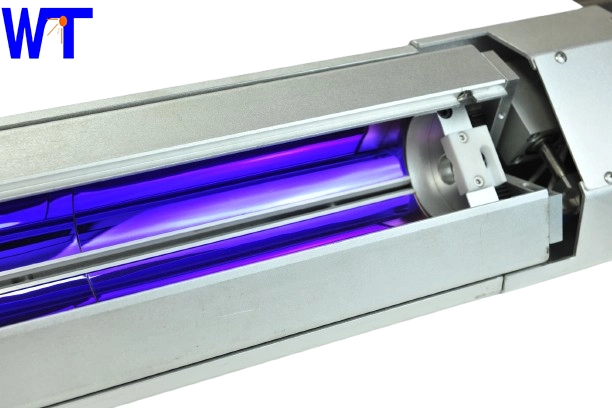The Evolution of Fusion UV Curing Systems: A Complete Guide

The Rise of Fusion UV Curing Systems
In recent years, the use of fusion UV curing systems has become increasingly popular across various industries. These cutting-edge systems offer a wide range of benefits, including faster curing times, increased production efficiency, and reduced energy consumption. As a result, businesses around the world are turning to fusion UV curing systems to meet their production needs.
The Basics of Fusion UV Curing Systems
Fusion UV curing systems utilize ultraviolet light to cure coatings, inks, and adhesives rapidly. This process is known for its ability to produce high-quality, durable finishes in a fraction of the time required by traditional curing methods. These systems are used in a variety of applications, including printing, packaging, automotive, and electronics manufacturing.
The Evolution of Fusion UV Curing Systems
In recent years, there have been significant advancements in fusion UV curing technology. New innovations have led to the development of more efficient and versatile systems that can meet the evolving needs of modern industries. From enhanced curing techniques to improved energy efficiency, these advancements have revolutionized the way businesses approach their curing processes.
Application of Fusion UV Curing Systems in Different Industries
The versatility of fusion UV curing systems has made them indispensable in a wide range of industries. They are commonly used for printing and coating applications in the packaging industry, where the demand for fast curing times and high-quality finishes is paramount. Additionally, fusion UV curing systems are also used in the automotive and electronics manufacturing sectors to achieve durable and visually appealing product finishes.
The Future of Fusion UV Curing Systems
As technology continues to advance, the future of fusion UV curing systems looks promising. Manufacturers are constantly exploring new ways to improve curing efficiency, reduce environmental impact, and expand the capabilities of these systems. From the development of smarter control systems to the integration of IoT technology, the future holds countless possibilities for the evolution of fusion UV curing systems.
Conclusion
In conclusion, fusion UV curing systems have come a long way since their inception and have become a vital component of modern manufacturing processes. With their ability to deliver fast curing times, high-quality finishes, and energy-efficient operation, these systems are poised to drive innovation and advancement in various industries for years to come.
FAQs
Q: Are fusion UV curing systems suitable for all types of coatings and inks?
A: Yes, fusion UV curing systems are highly versatile and can be used with a wide range of coatings and inks.
Q: How long does it take for fusion UV curing systems to cure a typical coating or ink?
A: The curing time with fusion UV systems is typically much faster than traditional methods, often ranging from a few seconds to a few minutes, depending on the application.
Q: Are fusion UV curing systems environmentally friendly?
A: Yes, fusion UV curing systems are known for their energy efficiency and low environmental impact, making them a sustainable choice for businesses.

The Ultimate Guide to Industrial UV Light Technology
How to Choose Right uv curing manufacturer and supplier ?

Harnessing the Power of UV Light for Curing: A Comprehensive Guide

The Ultimate Guide to UV Lamp Curing for Optimal Marketing Solutions
normal
What materials can UV printers print?
Are you a trader or manufacturer?
Why and how do I replace a UV led?
Where is your factory located?
How about the after service?

Air-cooled LED UV for label machine
This air-cooled LED UV curing system is specially designed for label printers. With efficient air-cooling and LED light source technology, it rapidly cures label printing ink, improving production efficiency and reducing energy consumption. It is compatible with various label printing equipment, helping enterprises achieve high-quality and low-cost label production.

Customized conveyor belt type UV LED curing equipment

Water cooled UV shutter lampshade
The Water-Cooled UV Shutter lampshade is a high-performance solution designed for modern high-speed printing presses, addressing critical challenges in UV ink and coating curing. By integrating advanced water-cooling technology and a precision shutter mechanism, it ensures stable UV exposure control, minimizes heat generation, and maximizes production uptime for industries requiring rapid, reliable curing processes.

Automatic UV Spot Machine
Automatic control
- The motor USES frequency conversion speed regulation, safe and reliable.
- The whole machine USES PLC programmable control, simple operation, easy maintenance.
- All parts of the cable are connected by fast connector, easy to install.
Copyright © 2023 WTJD.NET All Rights Reserved. | Privacy Policy • Terms and Conditions | Sitemap








 Scan QR Code
Scan QR Code
vape.king05
WT UV Led Ouyang